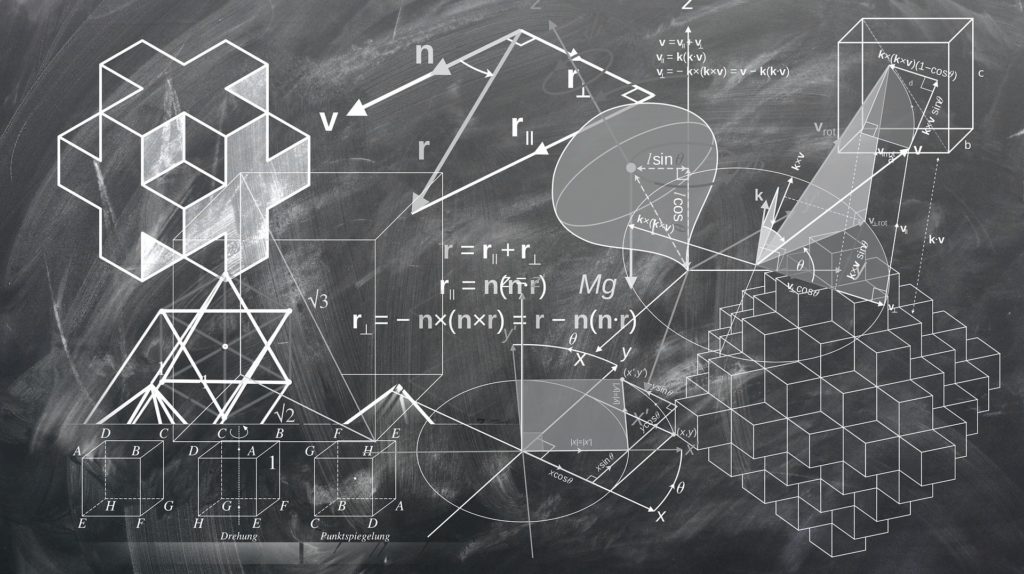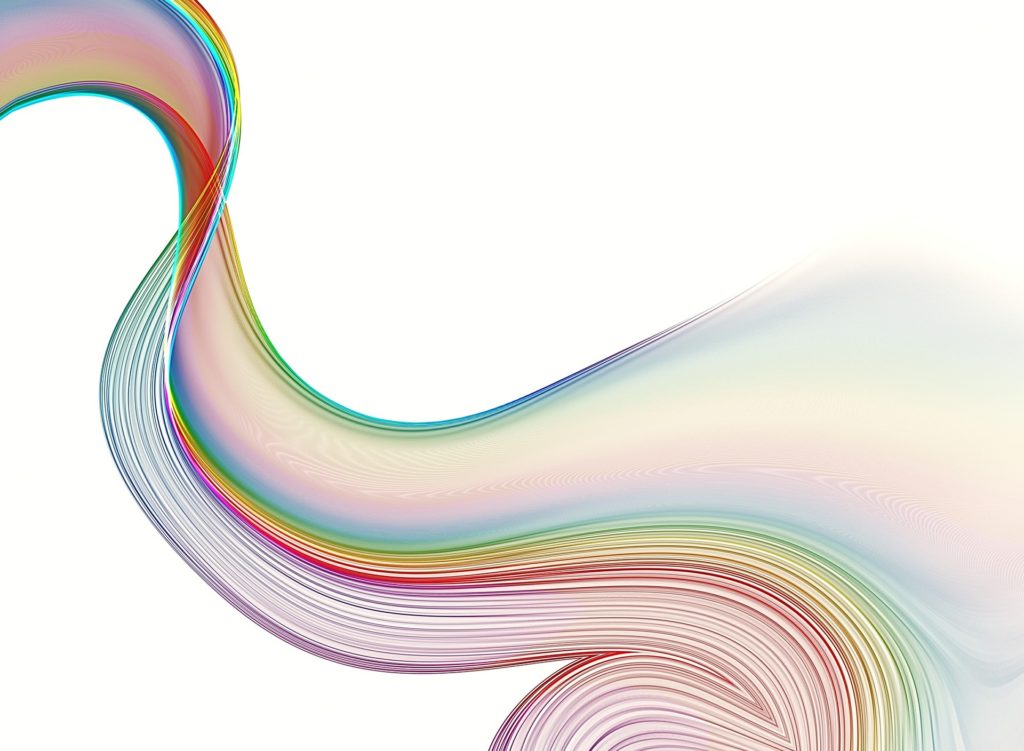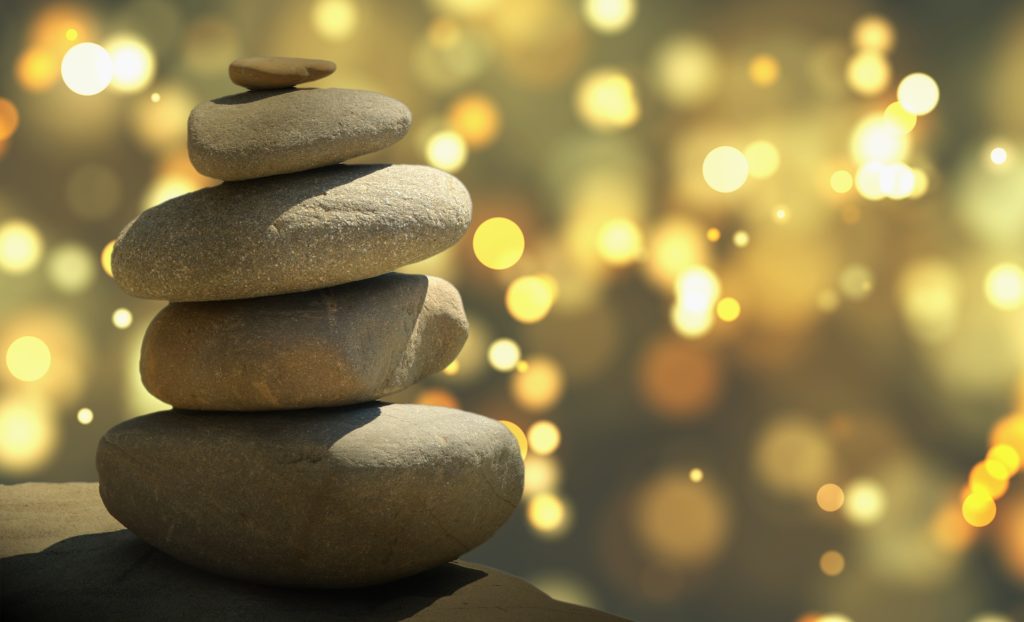Over the last two weeks, I’ve covered the basics of chakras and talked about whether or not they can be useful to a non-religious yoga practice.
Since I’ve established that I do think that there’s benefit to incorporating chakras into a yoga practice to at least a small degree, I’m going to explore the idea a little more fully. I don’t plan on devoting a ton of time to becoming an expert, but I’m the kind of person who likes to look at a thing from all angles whenever possible.

If you’re not that kind of person, that’s okay! You can skim the rest of this series or skip it entirely; I won’t be offended.
For those of you like me, today’s angle is the idea of energy flow in a yoga practice. Chakras are a part of this, but there are also two related concepts that are the focal point of this post:
- Prana, or breath
- Nadis, or pathways
Chakra Flow: The Concepts of Prana and Nadis
Both prana and nadis are essential aspects of chakra work, as far as I can tell.

Breath of Life: Why Prana is Important
Prana is breath, which is also thought of as life force and conscious energy. Some interpretations make the idea of prana seem much more mystical than I feel like it is, so this is the definition I’m going with.
I agree with the idea that prana is a form of life force and consciousness. This isn’t so much out of a sense of mysticism as it is practical application, though.
Breath is essential to life, but it is also a grounding force that can be used to alter our physiological and psychological state.
Think about this. When you focus on taking slow, deep breaths, you become more aware (or conscious) of your body and your mind. Life slows down, you’re able to relax physical tension, and you can block out external stimuli much easier. Your heart rate will slow, your focus will sharpen and your muscles will release tension you may not have even realized was there.
That example is probably easy to understand because almost everyone has intentionally taken a deep breath to calm down. This next example may be less intuitive because we don’t often think about intentionally breathing in a way that would cause stress or excitement.

In the same way that deep, slow breathing can make you calmer and more conscious, rapid, shallow breathing can cause a very different reaction. Some forms of breathwork, called pranayama, call this “energetic breathing.”
In a controlled fashion, energetic breathing can make you feel more alert and awake. However, if you’re not in a conscious state when you’re breathing quickly and rapidly, you will likely notice that you feel tense, panicked and on edge. Your heart rate will go up and your muscles will enter into “fight or flight” mode. Even if you’re objectively safe and fine, you can induce these feelings simply by changing your breath pattern.
The ability to alter your physical and emotional state simply by willfully changing your breathing is why I respect the importance of prana to a yoga practice.
Whether you call it prana or breathwork, I think that learning to mindfully breathe in certain ways is a really useful tool.
Nadis: The Energy Pathways
Being able to visualize how your breath patterns are affecting your body is an essential part of being able to make the concept work for you, and this is where I think nadis are helpful.
In yogic teaching, our life energy flows through three main channels that span our entire bodies. These channels are called “nadis” (singular: “nadi”), and they flow through the chakra centers as well. You can think of nadis as flowing streams and chakra centers as powerful whirlpools where the nadis converge within those streams.

Unlike streams, energy can easily flow through nadis in any direction, and this means that you can use this concept to help you visualize where in the body you want to send the energy you’re creating with your breathwork. Similar visualizations are often used in guided meditations, so you’re likely more familiar with the concept than you might have realized.
In a yoga practice, understanding this concept of energy flow, or distribution of prana as you may sometimes hear it called, can help you to feel more grounded and connected with your body.
Being more in tune with your body is helpful both for becoming better at holding poses during a yoga session and for being more relaxed and comfortable with yourself in daily life.
Building the Case For Chakras, Brick by Brick
I’m intentionally wading through this ocean of information slowly, and I’m also purposely staying in the shallows for now. It’s really easy to take one step too many and plunge in way over my head (I’ve accidentally done that several times already in the course of writing these three posts), and I’m trying hard to avoid that for your sake as well as mine.

My primary intention with this series is to dissect the esoteric aspects of yoga to see what they’re made of. I want to poke around in the innards of all of this to see what I can learn and figure out which bits can be used in my yoga practice and/or my life as a whole.
Thanks for coming along on this ride with me! If you have questions or ideas to share, drop them in the comments so we can discuss!